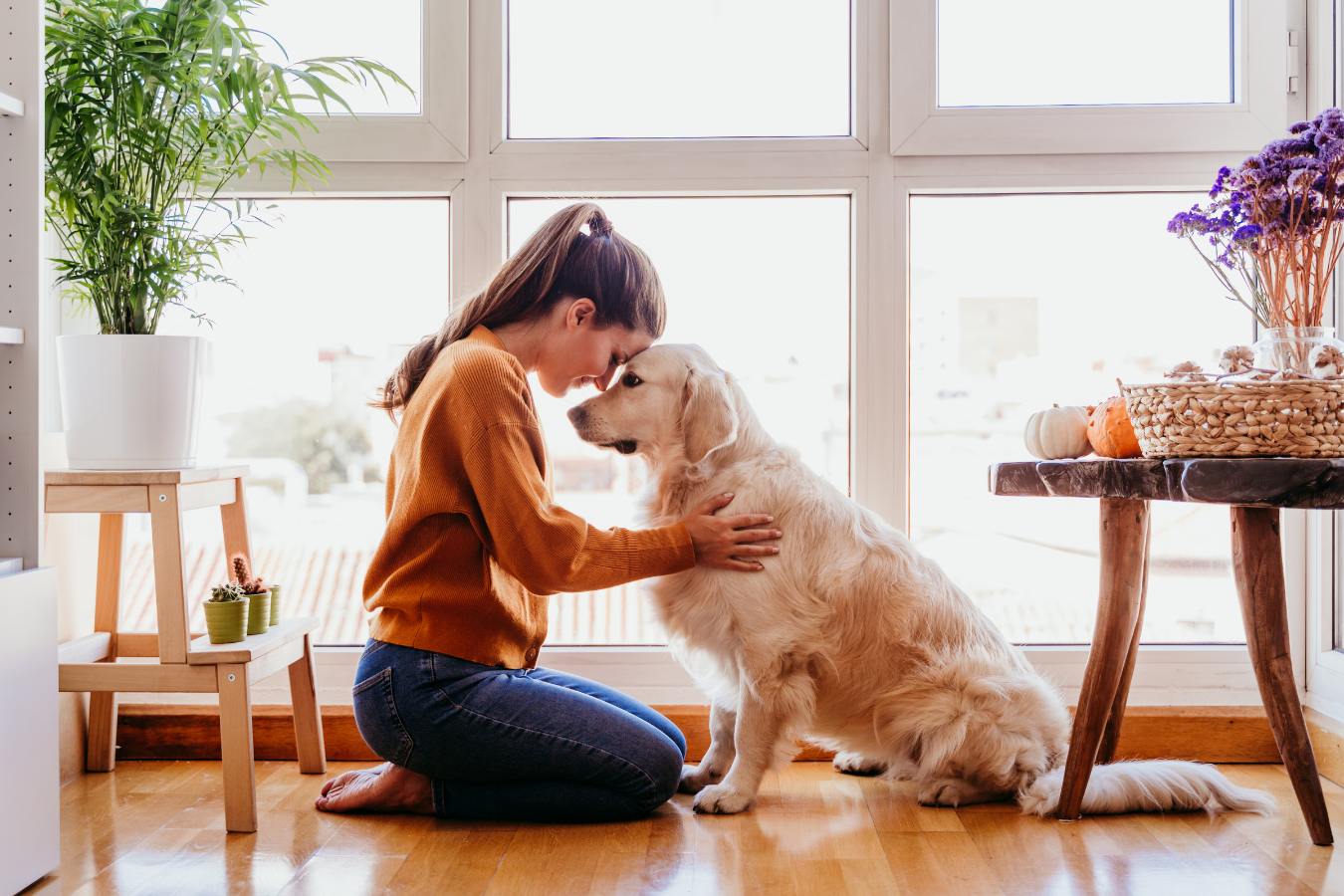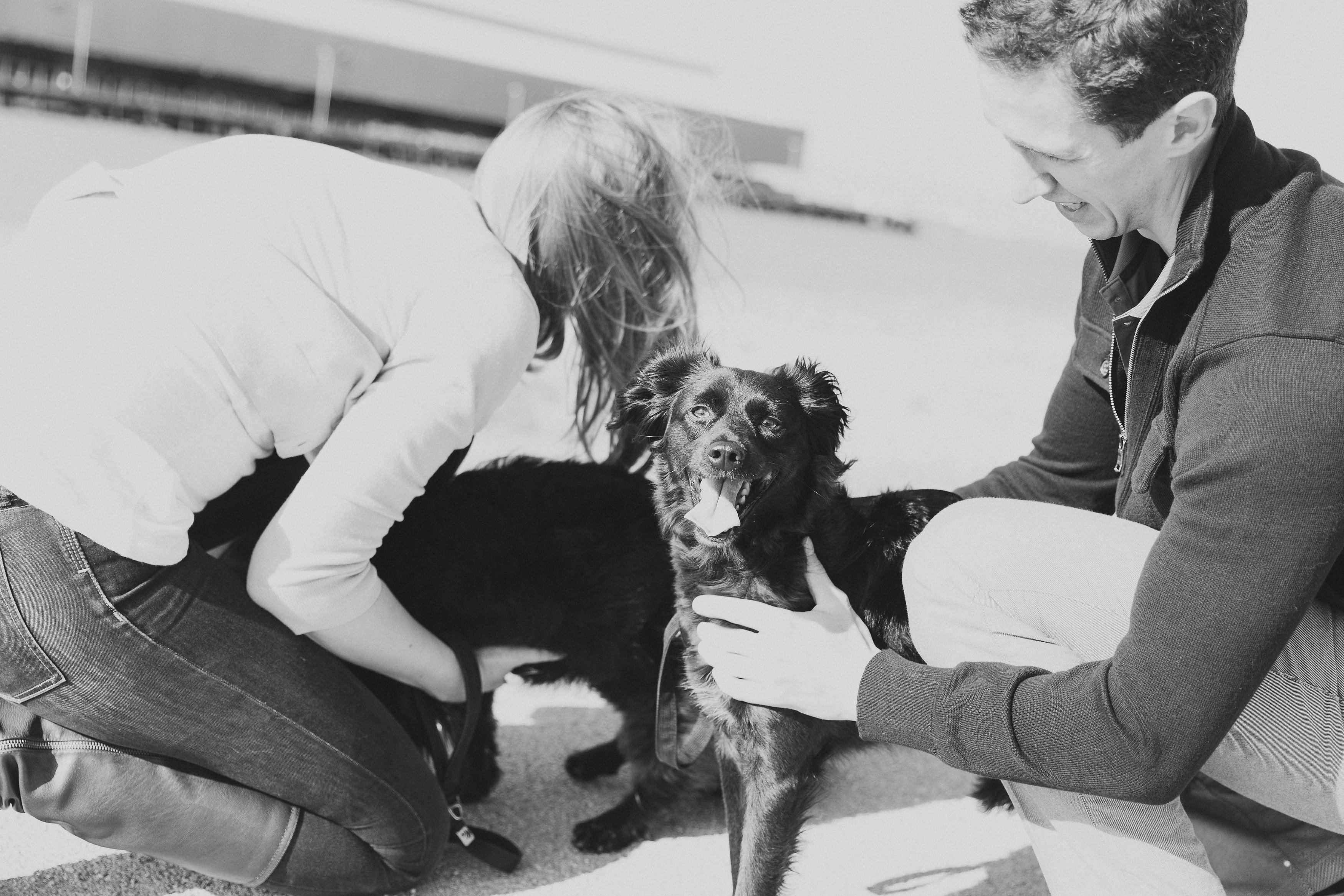Are you thinking about rescuing a dog? Great! Adopting a rescue dog can be incredibly rewarding. You’re not only giving a dog a second chance at a happy life but also opening your heart and home to a loyal companion and furry family member. But bringing a pet into your home comes with challenges and questions.
One concept that’s often discussed within the dog-rescuing community is the “3-3-3 Rule.” It’s a guideline that we think you should consider as you plan:
What Is the 3-3-3 Rule?
The 3-3-3 Rule outlines the general phases or milestones that most rescue dogs go through during the first three days, three weeks, and three months after their adoption. Think of each phase as a transitional period that mirrors what humans experience when starting a new job, school, or moving to a new place. Everything is unfamiliar!
The Initial Phase: Shellshock
In the first few days, your newly adopted dog may be overwhelmed. They might shut down, refuse food or water, regress in their housetraining, bark a lot, attempt to escape or show other inappropriate behaviors. This is their “shellshock” phase. It may take longer than just three days, though, because every dog is unique. The general rule is that during the first three days, your new dog will need time to decompress and de-stress.
TIPS:
Give them space and avoid overwhelming them with attention. Work to create a calm, quiet, and gentle environment. Move at their pace. Also, know that some dogs may skip this phase entirely and instantly adapt to your home! This is fantastic but not always common.
The Second Phase: Settle-In
After about three weeks, and after your dog works through their initial transition, they’ll begin to settle in. They’ll get used to the daily routine, and you’ll start to see their true personality emerge. Some behaviors that surface during this phase may not be ideal, so you might need to step up your management and training. The good news is that now your dog is more comfortable, and you can engage with them more and teach them the rules of your home.
“The 3-3-3 Rule outlines the general phases or milestones that most rescue dogs go through during the first three days, three weeks, and three months after their adoption.”
The Final Phase: The Rest-Of-His-Life
After the initial adjustment periods, your dog will begin to settle into their new life. You will start to build a secure, loving bond and a trusting relationship. Around the three-month mark, most dogs begin to understand that they are home to stay and are an integral part of your family.
Is the 3-3-3 Rule Always A Rule?
The 3-3-3 Rule may be widely recognized, but it is not a one-size-fits-all formula. Dogs each have their unique personality, history, and needs. Not all dogs will follow this guideline, so rather than setting rigid expectations based on specific timeframes, be sure to focus on understanding your dog’s individual needs. Offer them the time and space they need to adapt to their new environment and be ready to provide a loving and supportive environment that allows them to thrive. Then you’ll both reap the rewards of a life together!

Photo credit: Eva Blanco Photos
If you enjoyed this post, you should read Snoozing Soundly: Understanding Your Dog's Sleep Habits here.
How long was each phase of your rescue dog’s transition?
